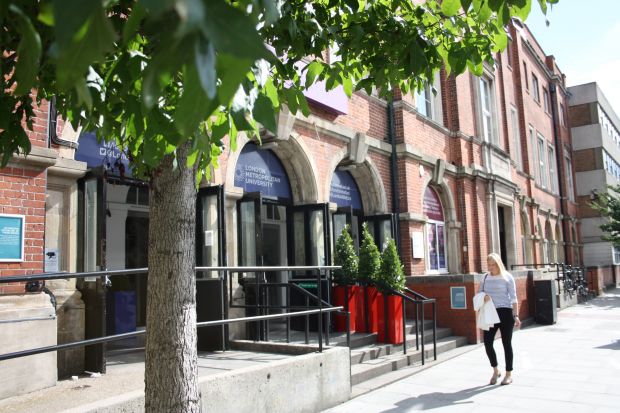Does a single university campus always deliver the best student experience?
That question has become a contentious one at London Metropolitan University, whose plans to close its sites in Aldgate and Moorgate and move all teaching to its main base in Holloway from 2017 have attracted fierce opposition.
More than 2,500 people have signed a petition opposing the relocation of the Sir John Cass Faculty of Art, Architecture and Design – with critics branding it “criminal”, “short-sighted” and a “disgrace”.
Space-hungry courses such as design will not thrive in the condensed teaching spaces available in North London, and the move will precipitate the demise of some of the university’s best courses, critics argue.
London Met’s decision to opt for a single campus is, however, far from unique. Many universities – particularly post-1992 institutions whose estates, inherited from colleges and local councils, are often scattered across cities – are making similar moves to consolidate their facilities.
Birmingham City University is shifting from eight campuses dotted across Britain’s second city to two principal sites, and the University of Northampton is using a £231 million bond to fund a new town centre campus.
Such moves often appear to make good financial sense. Ageing, tired buildings can be sold and the cash invested in gleaming new facilities able to entice students. In London Met’s case, the sale of the Cass may yield around £50 million, with £125 million promised in investment in the North London campus.
Building a sense of community at a single campus is also arguably easier. While the Cass may enjoy a strong reputation in its own right, its disconnection from London Met’s main campus has been noted by some students, according to student union reps.
Middlesex University’s impressive Hendon campus, which I visited this month, is arguably a good example of how estate consolidation can work.
Six of its campuses, beloved by staff and alumni, have been sold over the past decade or so, with around £200 million invested in stylish new buildings in northwest London.
The decision to pull together drama and dance studios, technology workshops, TV production areas, laboratories and the student union on one main campus has created a definite hum of student activity.
It is certainly a contrast to the rather desolate, student-free atmospheres I’ve experienced during visits to more spread-out universities.
Indeed, the enduring popularity of campus universities in various student satisfaction surveys suggest that the “one site” model has much to recommend it.
Register to continue
Why register?
- Registration is free and only takes a moment
- Once registered, you can read 3 articles a month
- Sign up for our newsletter
Subscribe
Or subscribe for unlimited access to:
- Unlimited access to news, views, insights & reviews
- Digital editions
- Digital access to THE’s university and college rankings analysis
Already registered or a current subscriber? Login




